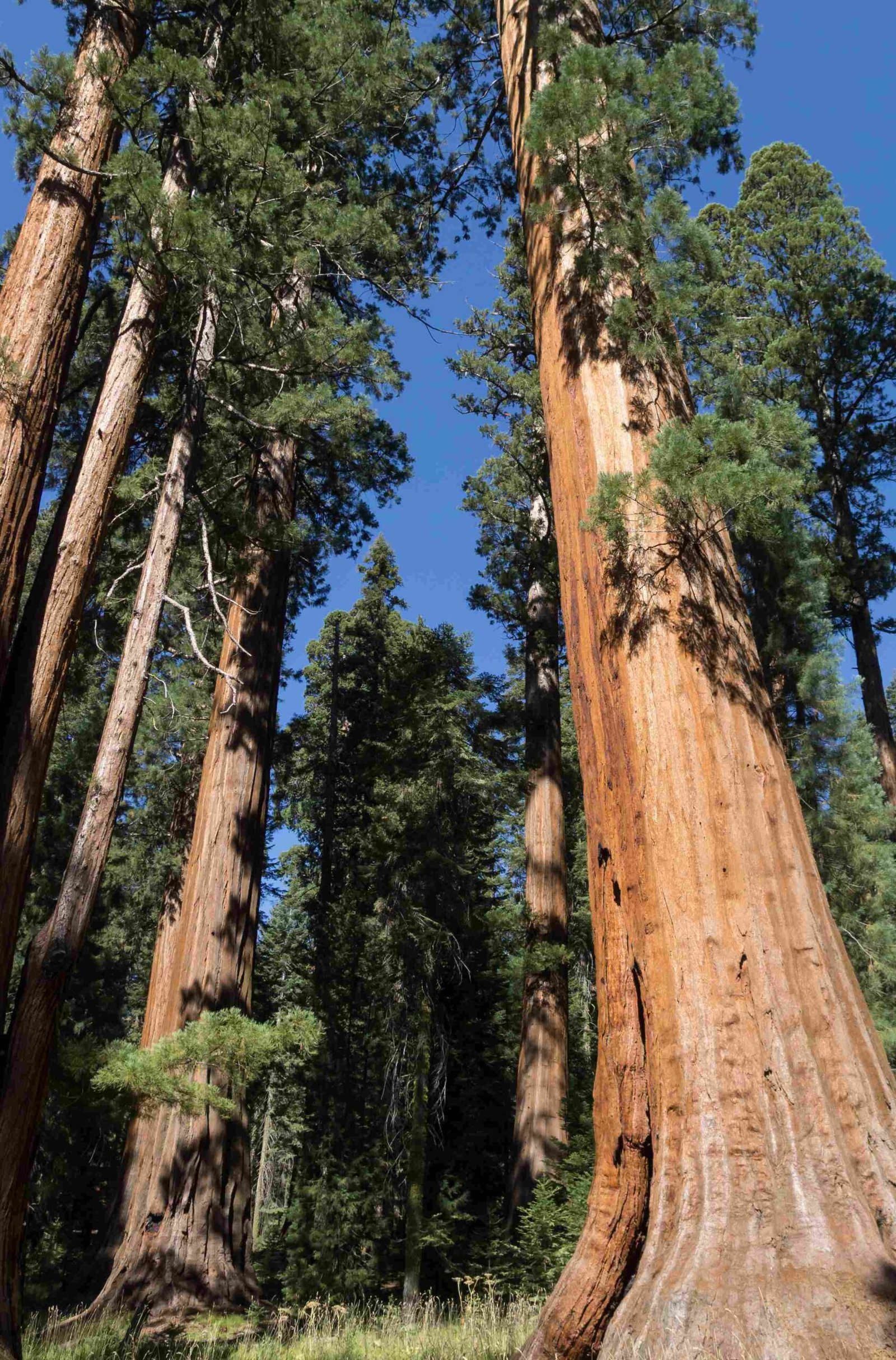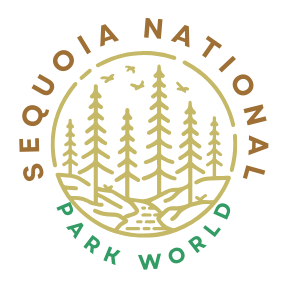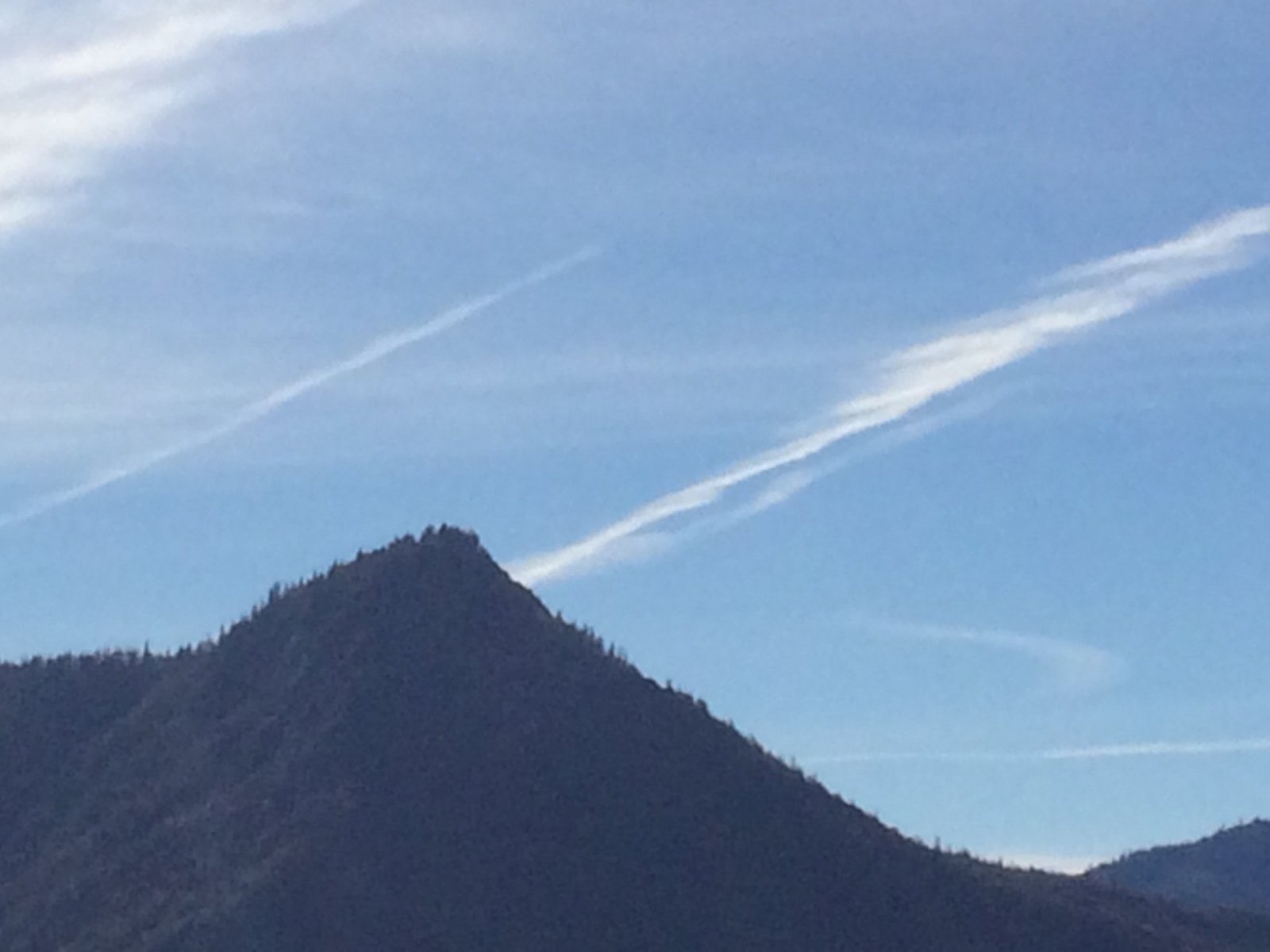Ansel Adams, renowned for his black and white landscape photography, captured the majestic beauty of America’s national parks. While his work in Sequoia National Park is less extensive than his iconic Yosemite images, Adams’ photographs of the Sierra Nevada range, including Sequoia, have left an indelible mark on landscape photography. His masterful use of light, composition, and innovative darkroom techniques revolutionized how we perceive and appreciate these natural wonders.
What Were Ansel Adams’ Connections to Sequoia National Park?

Ansel Adams’ relationship with Sequoia National Park was part of his broader engagement with the Sierra Nevada range. While he is most famously associated with Yosemite, his work encompassed the entire Sierra Nevada, including areas in and around Sequoia National Park. His photographs helped to raise awareness about the importance of preserving these natural landscapes.
Key Locations in Sequoia National Park
Although specific locations within Sequoia National Park are not as well-documented for Adams’ work as those in Yosemite, some notable areas he may have photographed include:
- Giant Forest
- Moro Rock
- Mount Whitney (visible from the park)
- Kings Canyon (adjacent to Sequoia)
How Did Ansel Adams’ Photography Techniques Influence Modern Landscape Photography?

Ansel Adams revolutionized landscape photography through his innovative techniques and artistic vision. His influence on modern photography, including work done in Sequoia National Park, is profound:
-
Zone System: Adams developed the Zone System, a technique for determining optimal film exposure and development. This system is still used by photographers today, albeit adapted for digital photography.
-
Visualization: He emphasized the importance of pre-visualizing the final image before taking the photograph, a concept that remains crucial in digital photography.
-
Environmental Advocacy: Adams used his photographs to advocate for environmental conservation, a practice many modern photographers continue.
-
Technical Precision: His emphasis on technical excellence in both capture and printing set a high standard for landscape photography.
What Equipment Did Ansel Adams Use for His Sierra Nevada Photography?
Ansel Adams was known for using large format cameras to capture the intricate details of landscapes. His typical kit for photographing in areas like Sequoia National Park might have included:
- Large format view cameras (4×5, 5×7, or 8×10 inch)
- Various lenses (wide-angle to telephoto)
- Tripod
- Light meter
- Filters (especially yellow and red for black and white photography)
- Black and white film (he favored brands like Kodak)
Where Can One View Ansel Adams’ Sequoia National Park Photographs?
While specific exhibitions of Adams’ Sequoia National Park work may not be constantly available, his Sierra Nevada photographs can be viewed in several places:
-
The Ansel Adams Gallery: Located in Yosemite Valley, this gallery often features his work from various national parks.
-
Museums: Major art museums occasionally host exhibitions of Adams’ work.
-
Online Collections: The Ansel Adams Trust maintains an online archive of his work.
-
Books: Several published collections feature Adams’ photographs of the Sierra Nevada range.
What Are the Best Times to Photograph Sequoia National Park in Ansel Adams’ Style?
To capture Sequoia National Park in a style reminiscent of Ansel Adams, consider these optimal times:
- Early Morning: Just after sunrise for soft, golden light
- Late Afternoon: Before sunset for long shadows and warm tones
- Winter: For dramatic snow-covered landscapes
- Spring: When waterfalls are at their peak flow
How Can Modern Photographers Emulate Ansel Adams’ Approach in Sequoia National Park?
To photograph Sequoia National Park in the spirit of Ansel Adams:
- Master Composition: Study Adams’ use of foreground elements, leading lines, and balance.
- Embrace Black and White: While not essential, black and white photography can help capture the essence of Adams’ style.
- Use Filters: Experiment with color filters for black and white photography to enhance contrast.
- Practice Patience: Wait for the perfect light and weather conditions.
- Post-Processing: Learn advanced editing techniques to bring out the full potential of your images.
What Challenges Might Photographers Face When Capturing Sequoia National Park?
Photographers aiming to capture Sequoia National Park face several challenges:
- Extreme Contrast: The difference between bright skies and dark forests can be challenging to capture in a single exposure.
- Weather Variability: Conditions can change rapidly, affecting lighting and accessibility.
- Crowds: Popular spots can be crowded, making it difficult to capture pristine landscapes.
- Physical Demands: Reaching some viewpoints may require strenuous hiking.
- Equipment Limitations: Capturing the scale of giant sequoias can be challenging with standard lenses.
What Permits Are Required for Photography in Sequoia National Park?
Understanding the permit requirements is crucial for photographers in Sequoia National Park:
- Personal Photography: No permit required for non-commercial use.
- Commercial Photography: Permits are required for any commercial photography or filming.
- Drone Usage: Drones are prohibited within national park boundaries.
- Special Access: Some areas may require special permits or have restricted access.
Always check with the National Park Service for the most up-to-date information on permits and regulations.
How Has Sequoia National Park Changed Since Ansel Adams’ Time?
Sequoia National Park has undergone several changes since Ansel Adams’ era:
- Increased Visitation: The park now receives significantly more visitors annually.
- Climate Impact: Climate change has affected the park’s ecosystems and fire patterns.
- Conservation Efforts: Enhanced efforts to protect sequoia groves and wildlife habitats.
- Infrastructure: Improved roads and facilities for visitors.
- Fire Management: Changes in fire management policies and practices.
These changes present both challenges and opportunities for modern photographers seeking to capture the park’s essence.
By understanding Ansel Adams’ approach and the unique characteristics of Sequoia National Park, photographers can create compelling images that honor the legacy of this photographic master while capturing the park’s enduring beauty.

